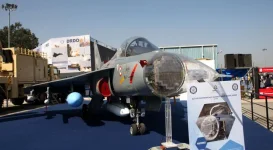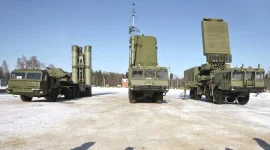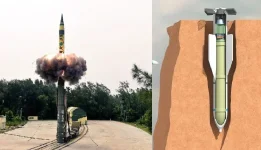The Indian Army is set to significantly enhance its tactical firepower with a potential future induction of the BrahMos-NG (Next Generation) missile.
According to Sudhir Mishra, the former head of BrahMos Aerospace, the army has shown keen interest in a land-based variant of this lighter, faster, and more versatile supersonic cruise missile, which is currently in advanced stages of development for the Indian Air Force.
This move marks a major step in India's ongoing military modernization. The adoption of the BrahMos-NG by the army would lead to a dramatic increase in the number of missiles that can be deployed on a single mobile launcher.
While the current Transporter Erector Launcher (TEL) vehicles carry three of the original BrahMos missiles, the reduced size and weight of the NG version would allow each launcher to be configured with six or even nine missiles.
This doubles the missile capacity per vehicle, substantially boosting the army's ability to conduct "salvo strikes"—the tactic of firing a large number of missiles in quick succession to overwhelm and saturate enemy air defences.
The BrahMos-NG, a product of the Indo-Russian joint venture BrahMos Aerospace, is engineered to be a formidable weapon.
Weighing approximately 1.3 tonnes, it is nearly 50% lighter than its three-tonne predecessor. Despite this significant weight reduction, it is designed to maintain the proven strike range of around 290 kilometres.
Furthermore, the missile is expected to achieve speeds greater than Mach 2.8, or over 3,400 kilometres per hour, ensuring a rapid and precise strike capability against high-value targets.
The army's ground-launched variant would incorporate a booster stage to achieve initial thrust and compatibility with its existing mobile launch platforms.
The development of the BrahMos-NG is a cornerstone of India's strategy to bolster its strategic autonomy and deterrence posture.
The missile system is being primarily developed for the Indian Air Force to arm a wider range of aircraft, including the indigenous Tejas LCA fighter jet, which cannot carry the heavier, original BrahMos.
For the Indian Army, deploying a larger volume of missiles from a single unit provides a crucial tactical advantage in high-intensity conflict scenarios, enabling rapid and overwhelming firepower.
The successful integration of this next-generation missile across the armed forces will reinforce India's precision strike capabilities and its standing as a formidable military power.





